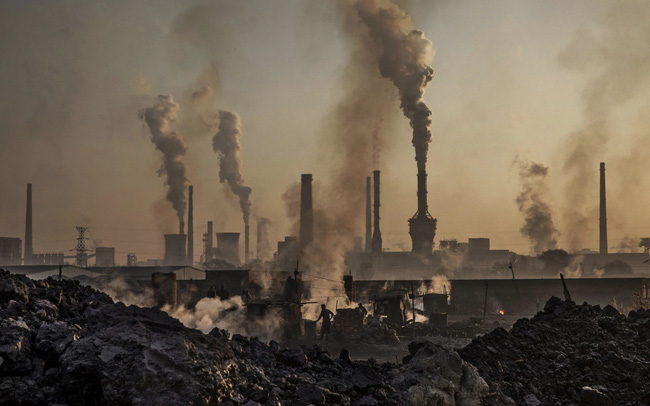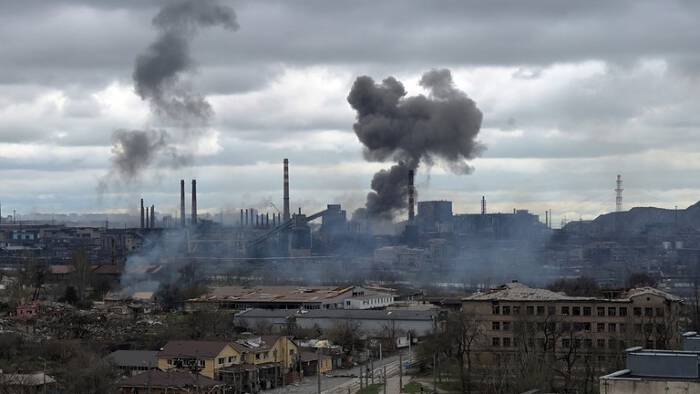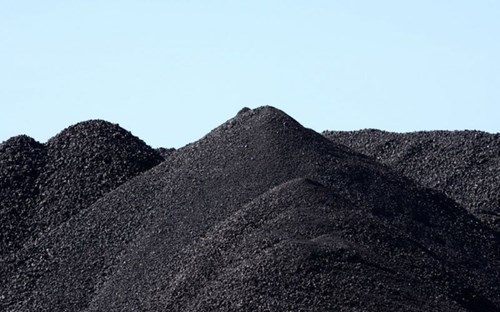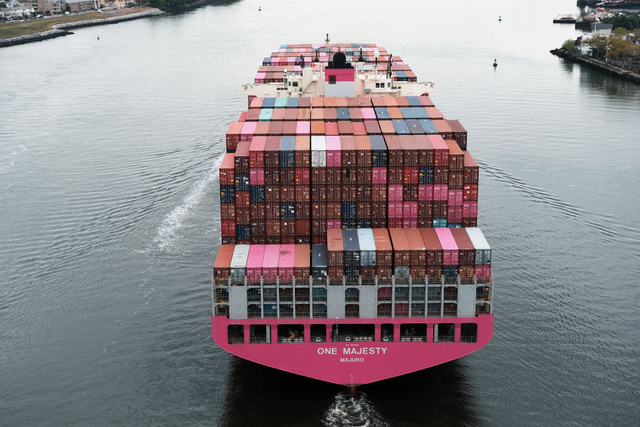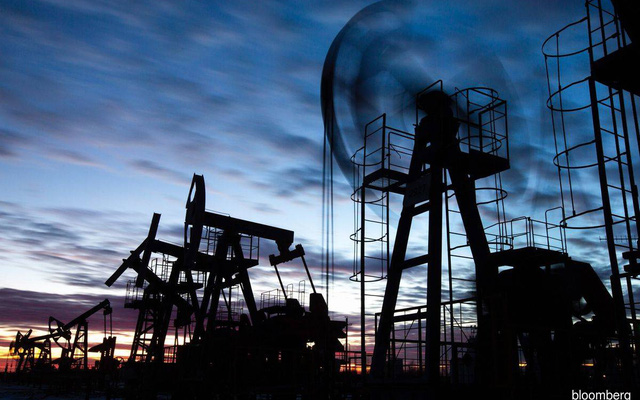China’s stainless steel futures prices rose more than 5% on June 15, hitting an all-time high on strong consumption and rising raw material supplies, while concerns over production cuts in the sector increased. Steel sector also supported prices.
The most-traded stainless steel price on the Shanghai Futures Exchange, for August delivery, rose 5.1% to 18,895 CNY ($2,922.21) per ton, the highest level since the contract was signed. debut.
“Downstream consumption (for stainless steel) is relatively good, both supply and demand are strong,” said Huatai Futures, who also commented on recent concerns about steel production cuts. also affect the supply outlook.
Meanwhile, environmental controls in China to limit energy-intensive and high-emission projects have led to shortages of iron compounds such as ferrochrome, a component of stainless steel production. For the week, stainless steel futures prices rose 8.9%.
 |
It is forecasted that the world demand for iron and steel will continue to remain high, and prices will hardly be able to cool down soon.
Other steel products on the Shanghai bourse fell slightly, with construction rebar, delivered in October, down 0.2 per cent to CNY 5,534 per tonne and hot rolled coil down 0.1% to CNY5,953 per tonne.
Weekly consumption for the five main steel products rose 3.9% to 10.77 million tonnes on July 15 from a week earlier, as steel inventories fell for the first time in six weeks.
Besides, the prices of other raw materials on the Dalian Commodity Exchange increased. The price of iron ore for September delivery increased 2.9% to 1,253 CNY/ton.
Coke futures rose 2.9 percent to CNY 2,045 a tonne and coke rose 1.9 percent to CNY 2,660 a tonne.
The price of iron ore with 62% Fe iron content increased by 1 USD to 221.5 USD/ton.
China’s economy grew more slowly than expected at 7.9% in the second quarter. This reflects a slowdown in production, impacted by rising raw material costs and the resurgence of the Covid-19 pandemic, which has hampered the overall recovery of the economy and iron-using sectors. steel in particular.
China’s disappointing GDP data has raised expectations that the government will keep interest rates steady at current levels “for a long time” and possibly roll out, according to ANZ analysts. additional monetary measures” in the second half of the year.
“We believe the authorities will actively mitigate risks to the financial system in the second half of the year,” the ANZ report said.
Liquidity in the Chinese market increased after banks’ reserve requirement ratio from last week was adjusted down by 50 basis points. This could help boost China’s steel and raw materials demand growth, contrary to some analysts’ expectations that demand will slow in the second half of the year.
Around the world, the PMI index compiled by J.P. Morgan tracks for June is 55.5, indicating that manufacturing continued to increase for the 12th consecutive month. IHS Markit also said: ‘Global manufacturing remained strong in June with output, new orders and employment all increasing, along with very high business optimism.
Manufacturing conditions in Europe in particular in June were very positive, with the top seven manufacturing PMIs all in Europe, followed by the US. Improved production led to a sharp increase in steel production to meet demand, leading to an increase in demand for steel materials.
However, the strained global supply chain continues to affect production plans and make the supply of raw materials difficult, leading to a sharp increase in prices.’
For these reasons, it is forecasted that the world demand for iron and steel will continue to remain high, and prices will hardly be able to cool down anytime soon.
Source: VITIC/Reuters
T&G International Joint Stock Company
Address: 352 Hue Street, Le Dai Hanh Ward, Hai Ba Trung District, Hanoi
Hotline: 0345786803
Email: hrm@tginterjsc.com
Website: http://tginternationaljsc.com



